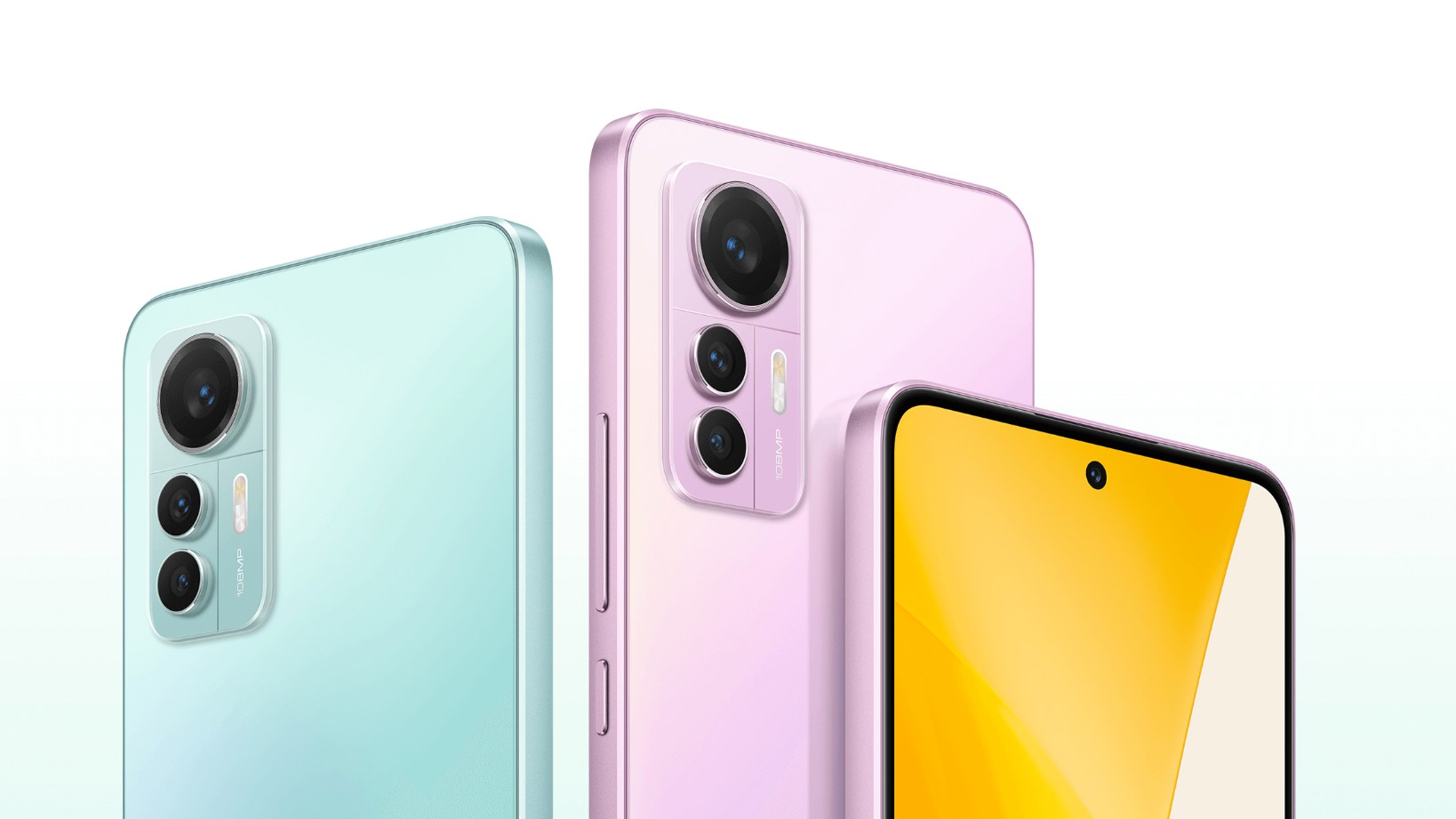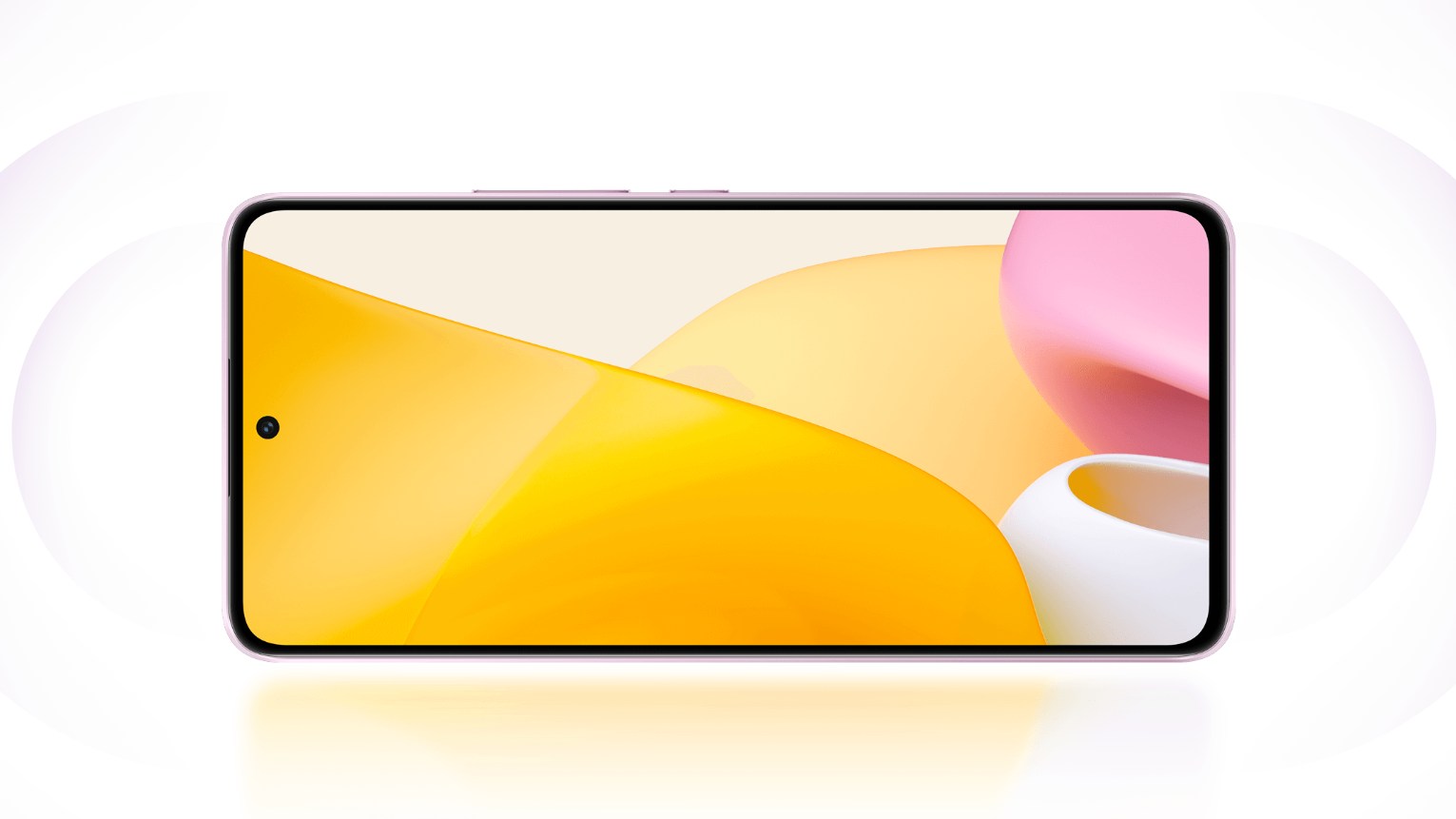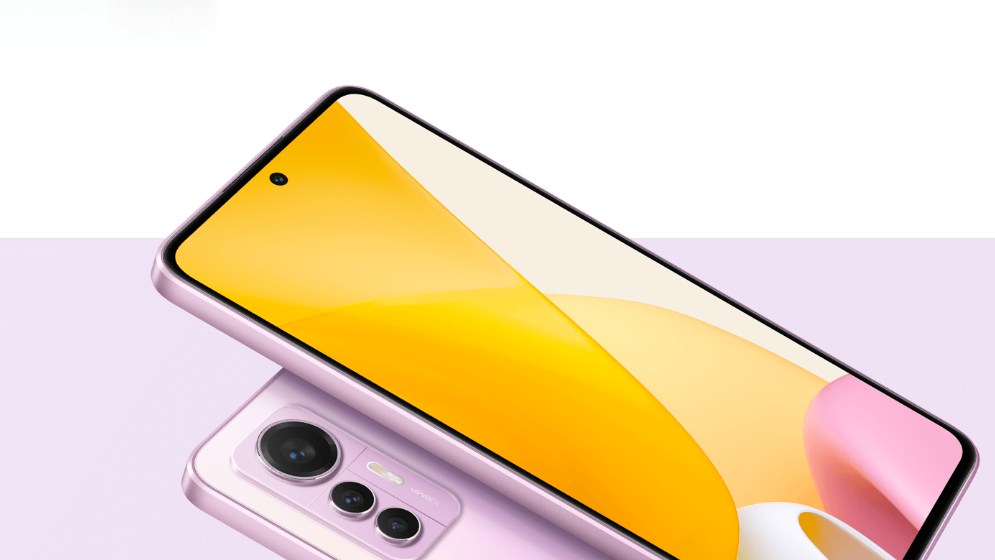Xiaomi 12 Lite is a small upgrade over 11 Lite NE 5G, but a sensible one
Priced at €400 approx Rs. 32,200

After getting leaked a bunch of times and getting teased by the company, Xiaomi 12 Lite is now officially available globally and it has been launched at a starting price of €400 which roughly translates to Rs. 32,200.
This launch comes after the much-hyped launch of the Xiaomi 12S series last week in China. And this one comes as a part of the Xiaomi 12 series, the predecessor of the 12S series. And the phone gets design inspiration from its elder brothers, with a rectangular camera array. Although the side panels of the phone get an iPhone-like design.
Xiaomi 12 Lite - Pricing and availability
Xiaomi 12 Lite is launched in three different variants as given below. Pricing is also given alongside.
| Vaiants | Pricing |
|---|---|
| 6/128GB | EUR 400 / Rs.32,300 approx. |
| 8/128GB | EUR 450 / Rs 36,300 approx. |
| 8/256GB | EUR 500 / Rs.40,300 approx. |
The phone has been launched in Europe only, for now, the company didn't reveal any info about the Indian launch of the phone. As Xiaomi 12 Pro has already been launched in India, we can expect this phone to be launched pretty soon here. It is also to be noted that Xiaomi had two different phones in the previous iteration of its Lite series, Mi 11 Lite and Xiaomi 11 Lite NE 5G. It is just a matter of time before the phone arrives on Indian shores.
Xiaomi 12 Lite - Specifications and key features

Talking about the specifications of the phone, Xiaomi didn't change the SoC of the phone. It keeps the same Snapdragon 778G chipset that was used in Xiaomi 11 Lite NE 5G last year. We can't blame Xiaomi for not updating the chipset on the phone. As the Snapdragon 778G is proving to be quite a popular choice among brands in this segment, even the Nothing Phone (1) is coming with the Snapdragon 778+, which is a tweaked version of 778G.
What's updated is the display of the phone. It comes with a 12-bit 6.55-inch FHD+ AMOLED display with a refresh rate of 120Hz, updated from the 90Hz OLED display of 11 Lite NE 5G. It comes with a touch sampling rate of 240Hz. It also supports HDR10+ and Dolby Vision.
Coming to the camera, the 108MP Samsung ISOCELL HM2 sensor makes the primary camera. We can see the same camera in a variety of Xiaomi phones such as Redmi Note 11 Pro+ 5G, Xiaomi 11T Pro 5G, Redmi Note 10 Pro Max, and many more. We can say it has been the bread and butter of Xiaomi and Redmi phones for the past two years. They have been milking the 108MP hype train for a long time now, and it is still yet to move on to sensors like Sony IMX766 in the segment like Realme or OnePlus. But give due credit to the company, HM2 has been pretty good for the budget, and we can expect pretty good camera performance from the phone.
Get daily insight, inspiration and deals in your inbox
Sign up for breaking news, reviews, opinion, top tech deals, and more.
Talking about the secondary cameras, the phone comes with the usual setup of 8MP ultra-wide and 2MP macro cameras. There is a 32MP selfie camera in the centre of the display. What comes in as a surprise is the addition of autofocus to the selfie camera, which is quite a rare sight, even on flagships. It is the same selfie camera from Xiaomi 12 Pro and Xiaomi 12.
One more thing that Xiaomi upgraded is the charging. Which now get upgraded from 33W to 67W like the recent Xiaomi, Redmi & Poco phones in the segment. The battery is also updated from 4250mAh to 4300mAh.
No big upgrades, just meaningful ones.

Xiaomi didn't update the chipset on the phone. I know it's a turn-off for many of you reading this. But take a moment to look at what changes they made when compared with the older phone.
This comes with a segment-first 12-bit display. The camera has been updated, especially the selfie camera. It is the same unit as its elder brothers, it would be a treat for selfie lovers out there. And the 67W charging is a much-needed upgrade to the Lite series, as most of the competitors are now offering similar charging speeds in the budget.
The changes they brought are many, but sensible ones. The only thing they didn't change was the chipset. Which they don't need to, as the only other chipsets they could upgrade to in this segment is the Snapdragon 778+ and the Snapdragon 7 Gen 1. Which Snapdragon 7 Gen 1 would at least be a meaningful upgrade, but that chipset is yet to be seen in many phones. So we can give it a pass, the Snapdragon 778G is still one of the most powerful chipsets in this segment.
- Amazon Prime Day 2022: Full details of all deals and offers

Abhijith specialises in phones, computing and everything Tech at Techradar. He is based out of Kerala. He has been writing about Tech since 2013, on his own blog. He also used to host a YouTube channel about phones.